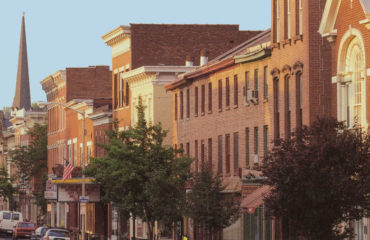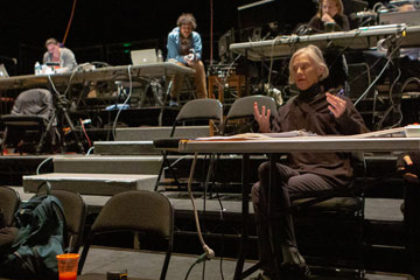
Three icons of the New York art world recently decamped from LUMBERYARD where they had been for two weeks to perfect a never-before-seen work.
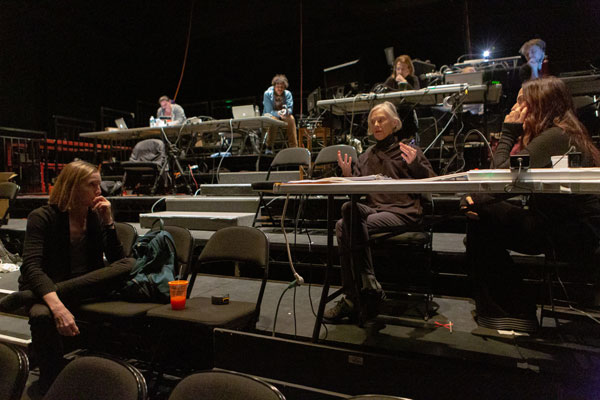 Their stay, known in artistic circles as a residency, allowed acclaimed cellist and creative producer, Maya Beiser, dancer Wendy Whelan and choreographer Lucinda Childs to collaborate directly with designers, lighting, sound and technical experts they had hand-picked to develop their new work, THE DAY.
Their stay, known in artistic circles as a residency, allowed acclaimed cellist and creative producer, Maya Beiser, dancer Wendy Whelan and choreographer Lucinda Childs to collaborate directly with designers, lighting, sound and technical experts they had hand-picked to develop their new work, THE DAY.
Such ample time and space to rehearse with a team assembled from across the United States is transformative to a piece, says Whelan: “THE DAY might not be as rich as it has become.”
Finding somewhere a performance’s entire team can rehearse is so difficult that artists like Beiser, Whelan and Childs – each billed world class for their respective artistic talents – are resigned to securing it in disparate locations, at inopportune times, or, occasionally, to going without.
LUMBERYARD has been resolving this challenge, supporting artists at the most critical and expensive stage of their works’ development since the launch of its first residency in 2011.
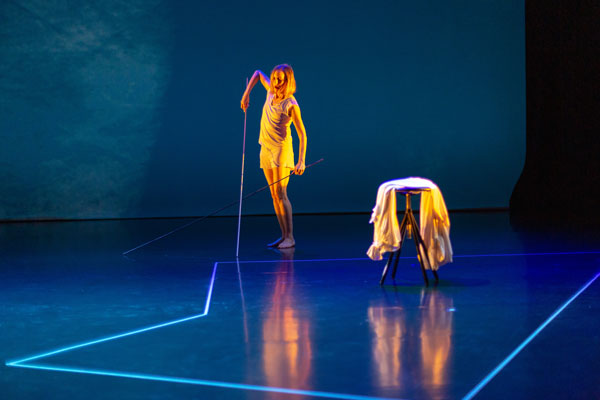 “When you’re in this kind of environment, your leaves get a little greener, you feel a little more fluidity,” Whelan says. “The product becomes greater than if there is less… time to put something together. It enriches the work tremendously.”
“When you’re in this kind of environment, your leaves get a little greener, you feel a little more fluidity,” Whelan says. “The product becomes greater than if there is less… time to put something together. It enriches the work tremendously.”
By the end of its residency in December – after Hudson Valley residents had became the ‘first eyes’ of the work – THE DAY had already been booked to open in 25 cities around the world.
This volume of interest confirms LUMBERYARD’s role as a crucial supporter and host to internationally acclaimed performances and performers.
How does a LUMBERYARD residency work?
Once Beiser, Whelan and Childs had named THE DAY’s team, they relocated together to LUMBERYARD’s brand new Hudson Valley facility, in Catskill, N.Y. where a studio space and dorm-style residence became their team’s home for two weeks.
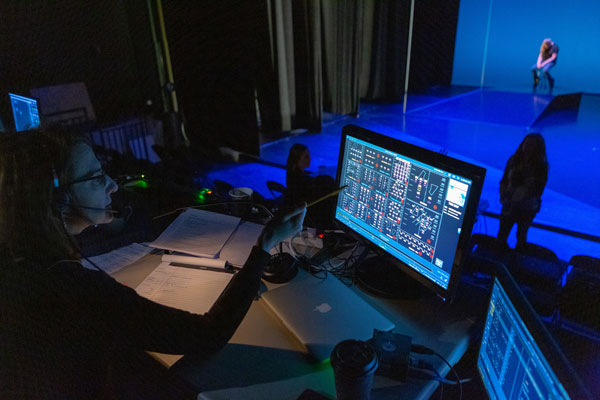 With unlimited access to LUMBERYARD’s theater, they could fine-tune elements of THE DAY’s choreography as well as experiment with its lighting, sound and technical aspects.
With unlimited access to LUMBERYARD’s theater, they could fine-tune elements of THE DAY’s choreography as well as experiment with its lighting, sound and technical aspects.
“Coming here together as one unit with all the artists, for this extended time, to grow the piece as a unit?”
Whelan recalls: “We could listen to each other, we could explore ideas, we could challenge each other. That’s how you make art – though living in it, together, and asking lots of questions.”
Another pivotal element of LUMBERYARD’s residency offering is access to its in-house technical experts. Jason Wells is a career production manager and lives in Catskill, N.Y., a block away from the site; he’s available whenever residency artists and their teams want to rehearse.
“To have this relaxed, very welcoming atmosphere with this very generous LUMBERYARD team has afforded us the ability to open ourselves up, to calmly feel safe in exploring,” Whelan says.
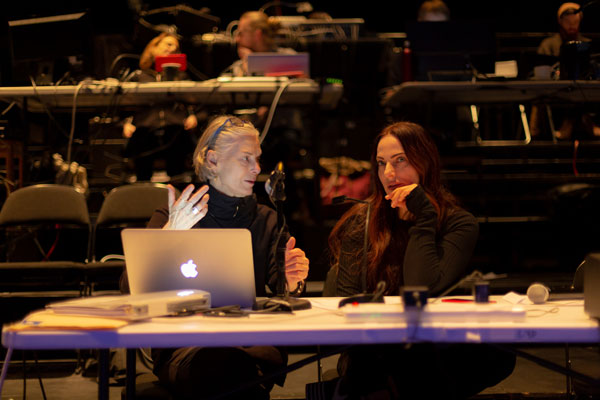 Wells’ support of a show in development is complemented by the availability of LUMBERYARD’s dramaturg and audience educator, Melanie George.
Wells’ support of a show in development is complemented by the availability of LUMBERYARD’s dramaturg and audience educator, Melanie George.
Artist residents also have the option to access its executive team, which liaises with national and international theatres interested in presenting new works they see first at LUMBERYARD.
A full-service administrative team is on hand to help artist apply for grants while onsite staff manage food services and site maintenance.
‘The greatest thing we can do for ourselves’
On each December evening that showings of THE DAY were presented in Catskill, N.Y., guests mingled afterward with Beiser, Whelan and Childs, congratulating them and sharing their impressions of the work-in-progress that they had seen
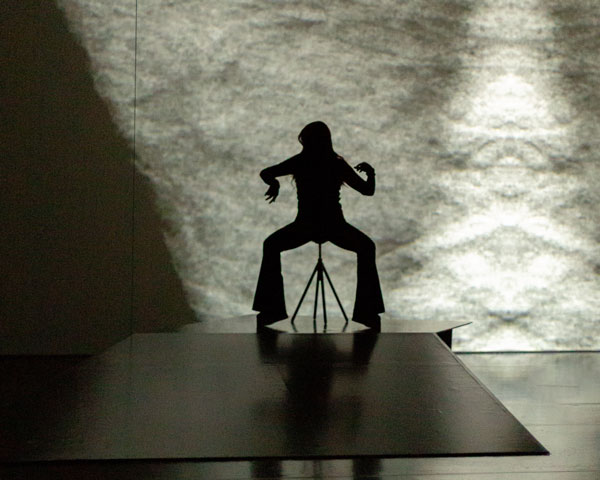 Many were as excited to have been the first in the world to see the performance as they were to connect with well-known performers whose works they could have only enjoyed before on Manhattan stages that can be hard to access.
Many were as excited to have been the first in the world to see the performance as they were to connect with well-known performers whose works they could have only enjoyed before on Manhattan stages that can be hard to access.
Whelan was happy to connect with audiences so directly. After 30 years with the New York City Ballet – a role that saw her named the best ballerina in the world and, later, the subject of a popular Netflix documentary, she says she’s confident about why performance can be transformative to so many.
“The arts are a celebration of humanity. They teach us how to think bigger, how to think more creatively, how to think outside the box, how to ask questions, how to work together. I think it’s the greatest thing we can do for ourselves.
“And, having that ability to engage audiences, to engage young people with that, the enrichment that it gives their futures and their lives – there’s nothing like it. It’s extremely important.
“Thank you, LUMBERYARD. We love you.”


